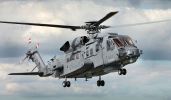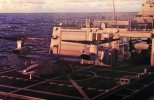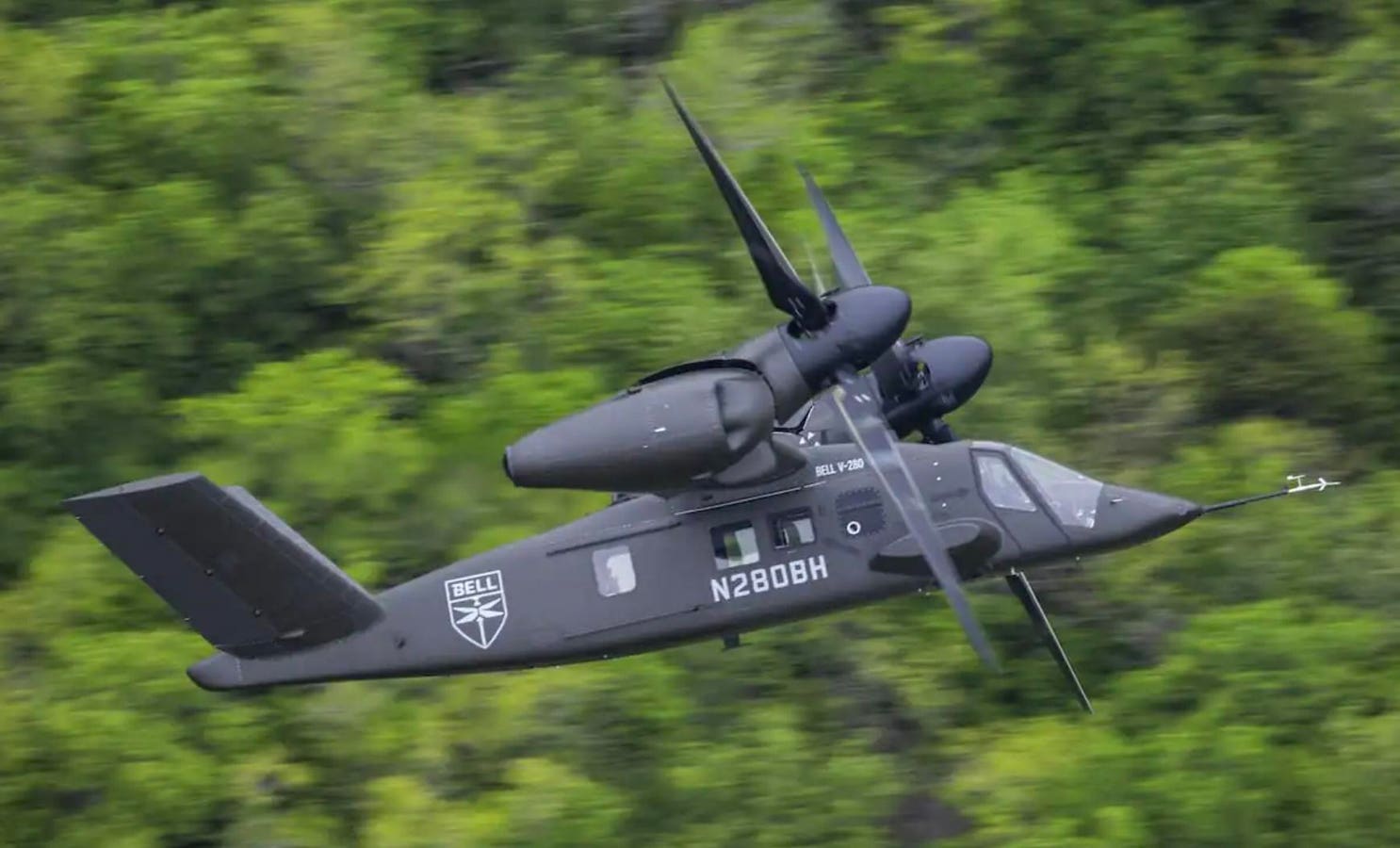I don’t see any new helicopter designs coming the Navy’s way for a while.
Navy FVL has been in discussion and the early planning stages c. 2017. It was a thing before that, but that's when NAVAIR actually started bringing in the stakeholders (Fleet) to start the working groups. Those working groups were/are moving towards what the design should be.
As @IKE mentioned, weight and hangar height are a big limiting factor, so it's tough to imagine something that doesn't look similar to a -60. Another means to potentially look into the future is to look at what FMS is buying. Yes, there is the limitation on the U.S. manufacturing side of "this is all we got," but pretty much every non-European partner Navy is buying the Romeo (along with some European countries) because it offers the best bang for the buck. The Koreans bought some -139s and it didn't go well for them, which is why they're now buying Romeos.
Given all that, if you could build a tilt-rotor that had the foot print of a -60, it could be a winner, but I'm guessing the design will be a bit more conventional, whatever it may be called.




